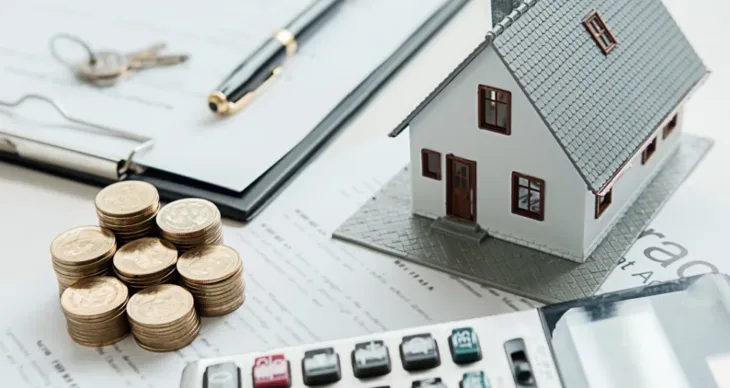Embarking on the path of buying a house is a journey filled with significant steps, each requiring thoughtful consideration and planning. This guide is designed to help you navigate through the crucial aspects of homeownership.
From accumulating the necessary down payment and selecting the most suitable mortgages, to understanding the intricacies of home inspections and finally, utilizing efficient moving services for a seamless transition to your new home, we cover it all. Our goal is to provide you with essential insights and practical advice, ensuring your home-buying experience is as smooth and fulfilling as possible.
When it comes to buying a house, one of the most significant steps is gathering the funds for a down payment. This initial payment is a crucial part of obtaining a mortgage, acting as your first equity stake in your new home. Typically, the bigger the down payment, the more favorable the terms of your mortgage can be, including potentially lower interest rates.
5 Strategies to Build Your Savings
- High Yield Savings Account and Automatic Contributions: Consider opening a high yield savings account. These accounts offer higher interest rates compared to traditional savings accounts, making your money work harder for you. Set up an automatic transfer to your best online savings account every payday. This “out of sight, out of mind” approach ensures you consistently save without having to think about it.
- Use a Certificate of Deposit (CD): If you have some savings already and can afford to lock them away for a period, consider using a CD. CDs often have higher interest rates than savings accounts, and this can help your money grow faster.
- Budgeting and Cutting Costs: Evaluate your monthly expenses. Are there services you can do without temporarily, like subscription services or expensive entertainment? Redirecting these funds into your savings can accelerate your progress. Consider downsizing your current living situation if possible. Moving to a smaller apartment or a less expensive area can significantly reduce your monthly expenses, allowing you to save more toward your down payment.
- Extra Income Opportunities: Look for ways to earn additional income. This might involve taking on part-time work, selling items you no longer need, or exploring freelance opportunities.
- Save Windfalls and Tax Refunds: Any unexpected windfalls such as tax refunds, bonuses at work, or monetary gifts should go straight into your down payment savings. It might be tempting to spend this “extra” money, but directing it toward your home savings can make a big difference.
Additionally, investigate government programs that assist first-time home buyers or those with low to moderate income. Programs might offer grants, low-interest loans, or even down payment assistance.
Different Loans and Their Down Payment Requirements
Determining the right amount for a down payment on a house is a crucial decision for potential homebuyers, and it’s important to understand how this decision can vary depending on different loan types and personal financial situations.
- Conventional Loans: These loans typically require a minimum down payment of 5-20%. The exact percentage can vary based on the lender and the borrower’s credit history and financial health.
- FHA Loans: Aimed at first-time homebuyers, FHA loans are backed by the Federal Housing Administration and usually require a down payment of as low as 3.5%.
- VA Loans: Available to veterans, active-duty service members, and some surviving spouses, VA loans may not require any down payment.
- USDA Loans: Targeted at rural homebuyers, USDA loans, backed by the United States Department of Agriculture, also offer 0% down payment options in some cases.
Benefits and Drawbacks of Different Down Payment Amounts
- Minimum Down Payment: The primary benefit of putting down the minimum requirement is that it makes homeownership more accessible, especially for first-time buyers or those with limited savings. However, smaller down payments often mean larger monthly mortgage payments, higher interest rates, and the potential need for private mortgage insurance (PMI), which adds to the monthly expense.
- More Than the Minimum: A larger down payment reduces the loan amount, potentially securing a lower interest rate and smaller monthly payments. It also means instant equity in your home and can eliminate the need for PMI, saving money over time. The major drawback is the risk of being “house poor,” where a significant portion of your savings is tied up in your home, leaving less available for emergencies or other investments.
Ultimately, the right down payment amount is a balance between your current financial situation, long-term financial health, and the specifics of your mortgage loan. It’s advisable to consult with a financial advisor or a mortgage broker to make an informed decision that aligns with your personal and financial goals.
The best savings account or CD rates today can contribute significantly to your down payment. For home buyers, patience and planning are key to successfully navigating the path to homeownership.
Next, let’s delve into the task of choosing the right mortgage – a decision that shapes your financial future and brings you one step closer to your dream home.
By Admin –
